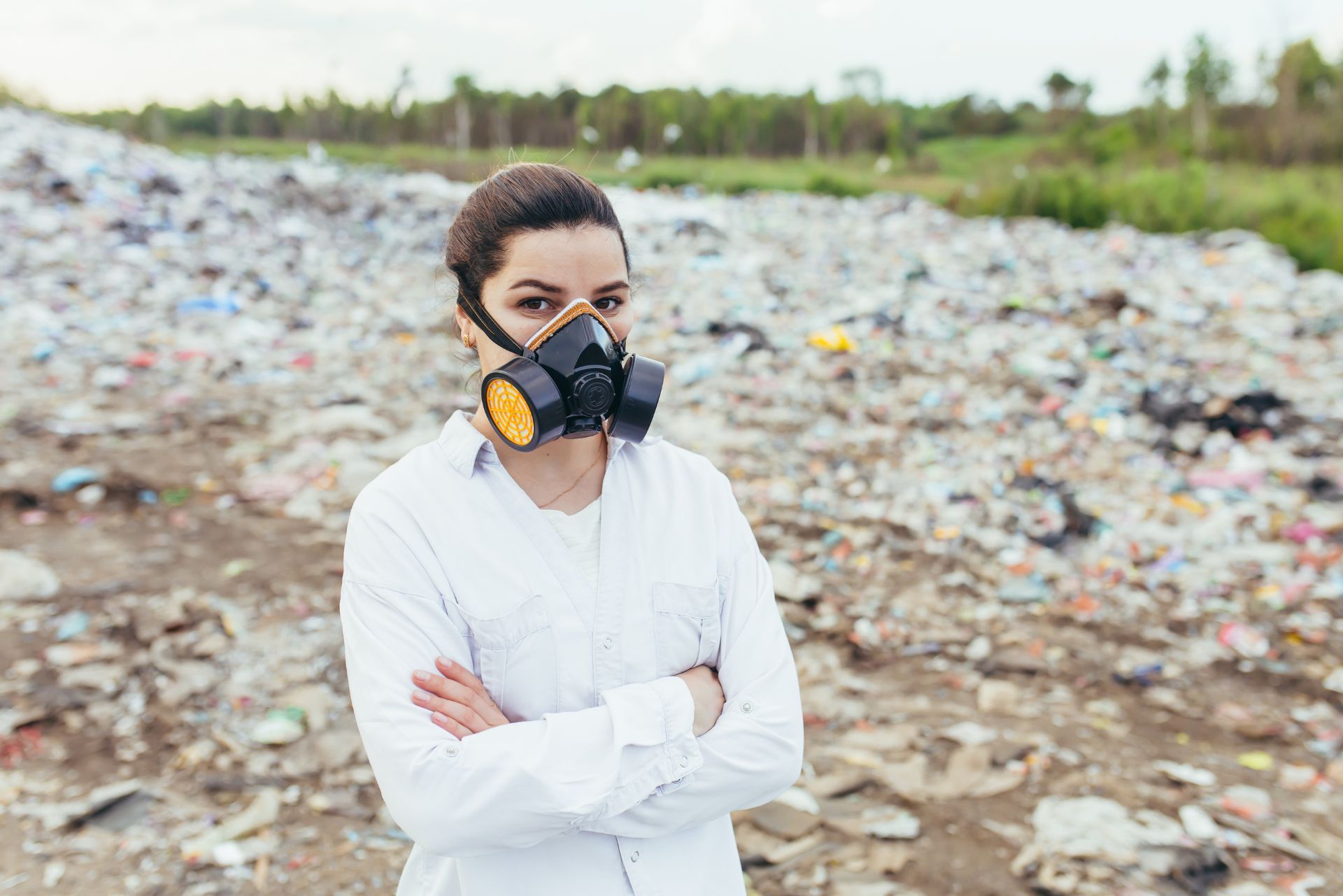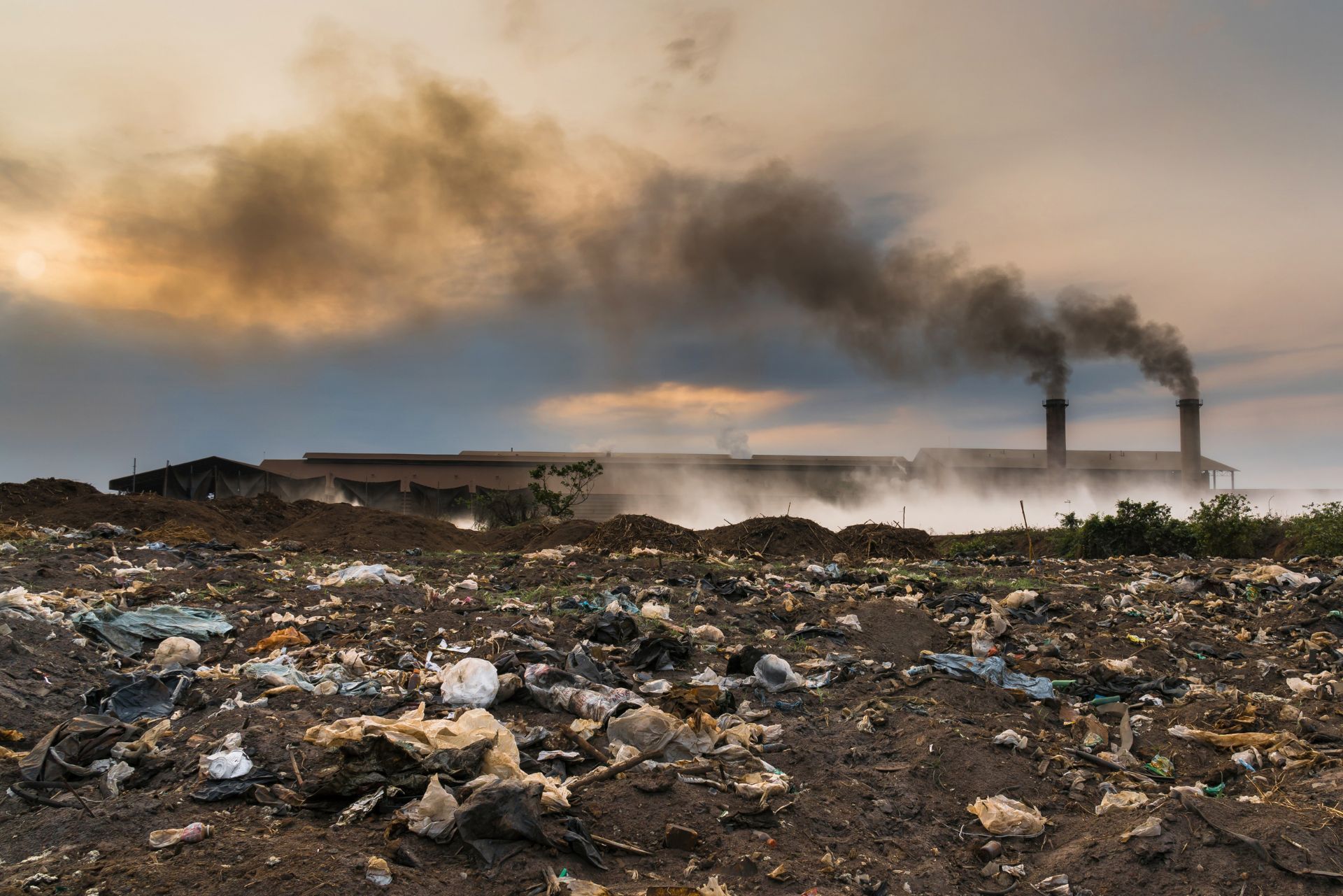Top 3 Recommended Policies

In an era where environmental concerns are at the forefront of public discourse, understanding pollution insurance has become essential for businesses operating in Colorado. This type of insurance is designed to protect companies from the financial repercussions of pollution-related incidents. Whether you are a small business owner or part of a large corporation, being informed about pollution insurance can help mitigate risks and ensure compliance with state regulations.
What is Pollution Insurance?
Pollution insurance is a specialized form of coverage that protects businesses against liabilities arising from pollution-related incidents. This can include the release of hazardous materials, spills, or other environmental damages that may occur during the course of business operations. The insurance covers costs associated with cleanup, legal fees, and damages to third parties affected by pollution. In an era where environmental consciousness is paramount, having this coverage not only safeguards a business's financial health but also enhances its reputation as a responsible corporate citizen.
Types of Pollution Insurance
There are several types of pollution insurance policies available, each tailored to meet the specific needs of different industries. Common types include:
- General Liability Pollution Insurance: This policy provides coverage for third-party claims resulting from pollution incidents.
- Site-Specific Pollution Insurance: Designed for businesses operating in locations with known environmental risks, this policy covers cleanup and liability associated with specific sites.
- Product Pollution Liability: This type of insurance protects manufacturers and distributors from claims related to pollution caused by their products.
Why is Pollution Insurance Necessary in Colorado?
Colorado is known for its stunning natural landscapes, but it is also home to various industries that pose environmental risks. From mining and oil extraction to agriculture and manufacturing, the potential for pollution incidents is significant. Without adequate insurance coverage, businesses may face substantial financial liabilities that could jeopardize their operations. Furthermore, the interconnectedness of ecosystems means that a single incident can have far-reaching consequences, affecting not just the immediate area but also wildlife and water sources critical to the community.
Moreover, Colorado has stringent environmental regulations in place. Non-compliance can lead to hefty fines and legal repercussions. Pollution insurance not only protects businesses financially but also helps ensure adherence to state and federal environmental laws. Additionally, many clients and partners now require proof of pollution insurance as part of their contractual agreements, recognizing that environmental responsibility is a vital aspect of modern business practices. In this context, having pollution insurance can be a competitive advantage, showcasing a company's commitment to sustainability and risk management.

Understanding the Coverage
Pollution insurance policies can vary widely in terms of coverage and exclusions. It is crucial for businesses to understand what is included in their policy to avoid unexpected costs in the event of a pollution incident. The nuances of these policies can often be complex, and a thorough review with an insurance professional is advisable to ensure that all potential risks are adequately addressed. This understanding not only helps in financial planning but also in maintaining compliance with environmental regulations that are increasingly stringent.
What Does Pollution Insurance Cover?
Typically, pollution insurance covers:
- Cleanup Costs: Expenses related to the cleanup of contaminated sites, including labor, materials, and equipment.
- Legal Defense Costs: Costs incurred in defending against lawsuits or claims related to pollution incidents.
- Third-Party Claims: Damages awarded to third parties affected by pollution, including health issues or property damage.
In addition to these core coverages, some policies may also include provisions for business interruption losses caused by pollution events. This can be particularly beneficial for businesses that rely heavily on their operational continuity. Furthermore, certain policies might offer coverage for regulatory fines and penalties, which can be significant in the event of a pollution incident that draws the attention of environmental agencies. Understanding these additional coverages can provide a more comprehensive safety net for businesses operating in high-risk industries.
Common Exclusions
While pollution insurance provides valuable coverage, there are common exclusions that businesses should be aware of:
- Intentional Pollution: Coverage typically does not extend to incidents caused by intentional actions or negligence.
- Pre-Existing Conditions: Pollution incidents that occurred before the policy was in effect are usually excluded.
- Specific Pollutants: Some policies may exclude coverage for certain pollutants, so it is essential to review the policy details.
Moreover, businesses should also be cautious about exclusions related to specific locations or activities. For example, if a company operates in an area known for high environmental risk, insurers may impose additional restrictions or higher premiums. Additionally, certain industries, such as manufacturing or waste management, may face stricter scrutiny, leading to tailored exclusions that could impact their coverage. It is vital for businesses to engage in open discussions with their insurers to clarify these points, ensuring that they are fully aware of any limitations that could affect their risk management strategy.
Who Needs Pollution Insurance in Colorado?
While any business can benefit from pollution insurance, certain industries are more likely to require it due to the nature of their operations. Understanding the specific needs of different sectors can help business owners make informed decisions regarding their insurance coverage.
Industries at Higher Risk
Industries that typically require pollution insurance include:
- Manufacturing: Factories often deal with hazardous materials and chemicals that can lead to pollution incidents.
- Construction: Construction sites may inadvertently cause pollution through soil disruption or improper waste disposal.
- Transportation: Companies involved in the transport of hazardous materials face significant pollution risks.
Small Businesses and Pollution Insurance
Small businesses may underestimate the need for pollution insurance, thinking that their operations pose minimal risk. However, even small-scale operations can have significant environmental impacts. For example, a local auto repair shop may inadvertently spill oil or other fluids, leading to contamination. Therefore, it is essential for small business owners to assess their risk profile and consider pollution insurance as part of their overall risk management strategy.
Moreover, small businesses often operate in close proximity to residential areas or natural resources, which heightens their potential liability. A small landscaping company, for instance, might use fertilizers and pesticides that, if mismanaged, could run off into local waterways, harming aquatic ecosystems. This not only poses a threat to the environment but can also lead to costly legal battles and damage claims. By securing pollution insurance, small business owners can protect themselves from unforeseen incidents that could jeopardize their financial stability.
Additionally, the regulatory landscape in Colorado is becoming increasingly stringent regarding environmental protection. Businesses that fail to comply with these regulations may face hefty fines and reputational damage. Pollution insurance can serve as a safety net, ensuring that businesses are not only prepared for potential accidents but also equipped to handle the financial implications of regulatory violations. As public awareness of environmental issues grows, consumers are more likely to support businesses that demonstrate a commitment to sustainability and responsible practices, making pollution insurance an essential consideration for small businesses looking to thrive in a competitive market.
How to Obtain Pollution Insurance in Colorado
Acquiring pollution insurance involves several steps that can help ensure businesses get the coverage they need. Understanding the process can make it easier for business owners to navigate the complexities of insurance procurement.
Assessing Risk and Coverage Needs
The first step in obtaining pollution insurance is to assess the specific risks associated with the business operations. This involves evaluating the potential for pollution incidents, understanding the regulatory environment, and identifying any existing liabilities. Consulting with environmental experts or risk management professionals can provide valuable insights into the unique challenges faced by the business. Additionally, businesses should consider their industry sector, as different sectors such as manufacturing, construction, or agriculture may face varying levels of exposure to environmental risks. For instance, a manufacturing facility may need to account for hazardous materials used in production, while a construction site may need to consider soil contamination risks. This thorough risk assessment not only helps in determining the necessary coverage but also aids in developing a proactive environmental management strategy.
Working with Insurance Brokers
Once the risks have been assessed, working with an experienced insurance broker can streamline the process of obtaining pollution insurance. Brokers can help identify suitable policies, compare coverage options, and negotiate terms with insurers. They can also provide guidance on compliance with state regulations and help businesses understand their obligations under the law. Furthermore, brokers often have access to a wide network of insurance providers, which can lead to better pricing and more tailored coverage options. It’s essential for business owners to communicate openly with their brokers about their specific needs and concerns, as this partnership can significantly influence the effectiveness of the insurance policy. A knowledgeable broker will not only assist in securing coverage but can also offer ongoing support, helping businesses stay informed about changes in legislation or emerging environmental risks that may affect their insurance needs.

Cost of Pollution Insurance in Colorado
The cost of pollution insurance can vary significantly based on several factors, including the type of business, the level of coverage required, and the specific risks associated with operations. Understanding these factors can help businesses budget for insurance costs effectively.
Factors Influencing Cost
Some of the primary factors that influence the cost of pollution insurance include:
- Industry Type: High-risk industries typically face higher premiums due to the increased likelihood of pollution incidents.
- Coverage Limits: The higher the coverage limits, the more expensive the policy will be. Businesses should carefully consider their coverage needs to avoid overpaying.
- Claims History: A history of pollution-related claims can lead to higher premiums, as insurers view these businesses as higher risk.
Average Costs
While it is challenging to provide an exact figure for the average cost of pollution insurance in Colorado, businesses can expect to pay anywhere from a few hundred to several thousand dollars annually, depending on the factors mentioned above. It is advisable for businesses to obtain quotes from multiple insurers to find the best coverage at a competitive price.
In addition to the aforementioned factors, the geographical location of a business can also play a significant role in determining insurance costs. For instance, businesses situated near environmentally sensitive areas, such as rivers, lakes, or protected wildlife habitats, may face higher premiums due to the potential for greater environmental impact. Moreover, local regulations and state-specific environmental laws can influence the risk assessment conducted by insurers, further affecting the overall cost of coverage.
Another important consideration is the evolving landscape of environmental regulations and public awareness regarding pollution. As communities become more vigilant about environmental protection, businesses may find themselves under increased scrutiny. This heightened awareness can lead to more stringent requirements from insurers, potentially driving up costs. Additionally, companies that proactively engage in sustainable practices or demonstrate a commitment to reducing their environmental footprint may find opportunities for discounts on their pollution insurance premiums, as insurers recognize their lower risk profile.
Regulatory Considerations in Colorado
Colorado has specific environmental regulations that businesses must adhere to, which can affect the need for pollution insurance. Understanding these regulations is crucial for compliance and risk management.
State Environmental Regulations
The Colorado Department of Public Health and Environment (CDPHE) oversees environmental regulations in the state. Businesses are required to comply with various laws related to air and water quality, waste management, and hazardous materials handling. Non-compliance can result in significant fines and legal action, making pollution insurance an essential component of risk management.
Federal Regulations
In addition to state regulations, businesses must also comply with federal environmental laws, such as the Clean Water Act and the Clean Air Act. These regulations set standards for pollution control and require businesses to take proactive measures to prevent environmental harm. Pollution insurance can help businesses navigate these complex legal landscapes and protect against potential liabilities.
Claim Process for Pollution Insurance
Understanding the claims process for pollution insurance is vital for businesses to ensure they can effectively navigate any incidents that may arise. Knowing what to expect can help streamline the process and minimize disruptions to operations.
Steps to File a Claim
Filing a claim typically involves the following steps:
- Notify the Insurer: As soon as a pollution incident occurs, it is crucial to notify the insurance company. Most policies have specific timeframes for reporting incidents.
- Document the Incident: Gather evidence related to the incident, including photographs, witness statements, and any relevant documentation. This information will be essential for the claims process.
- Cooperate with Investigations: The insurer may conduct an investigation to assess the validity of the claim. Cooperation is essential to ensure a smooth claims process.
Common Challenges in the Claims Process
Businesses may encounter challenges when filing pollution insurance claims, including:
- Disputes Over Coverage: Insurers may dispute whether the incident is covered under the policy, leading to delays in processing claims.
- Complex Documentation Requirements: The claims process can be complicated, requiring extensive documentation and evidence to support the claim.
- Time-Consuming Investigations: Investigations can take time, delaying the resolution of claims and impacting business operations.
Best Practices for Managing Pollution Risk
Implementing best practices for pollution risk management can help businesses minimize their exposure to potential liabilities and improve their overall environmental performance.
Conduct Regular Environmental Audits
Regular environmental audits can help businesses identify potential pollution risks and areas for improvement. These audits should assess compliance with environmental regulations, evaluate operational practices, and identify opportunities for reducing waste and emissions. By proactively addressing potential issues, businesses can mitigate risks and enhance their sustainability efforts.
Implement Training Programs
Training employees on environmental best practices is essential for minimizing pollution risks. Providing regular training sessions can help employees understand their roles in preventing pollution, responding to incidents, and complying with regulations. A well-informed workforce is crucial for maintaining a culture of environmental responsibility within the organization.
Conclusion
Pollution insurance is a vital consideration for businesses operating in Colorado, given the state's diverse industries and stringent environmental regulations. Understanding the nuances of pollution insurance, including coverage options, costs, and regulatory requirements, can empower business owners to make informed decisions that protect their operations and the environment.
By proactively managing pollution risks and investing in appropriate insurance coverage, businesses can safeguard their financial stability and contribute to a healthier environment for future generations. As environmental concerns continue to grow, the importance of pollution insurance will only increase, making it an essential component of responsible business practices.
Contact Us
Phone
Location

